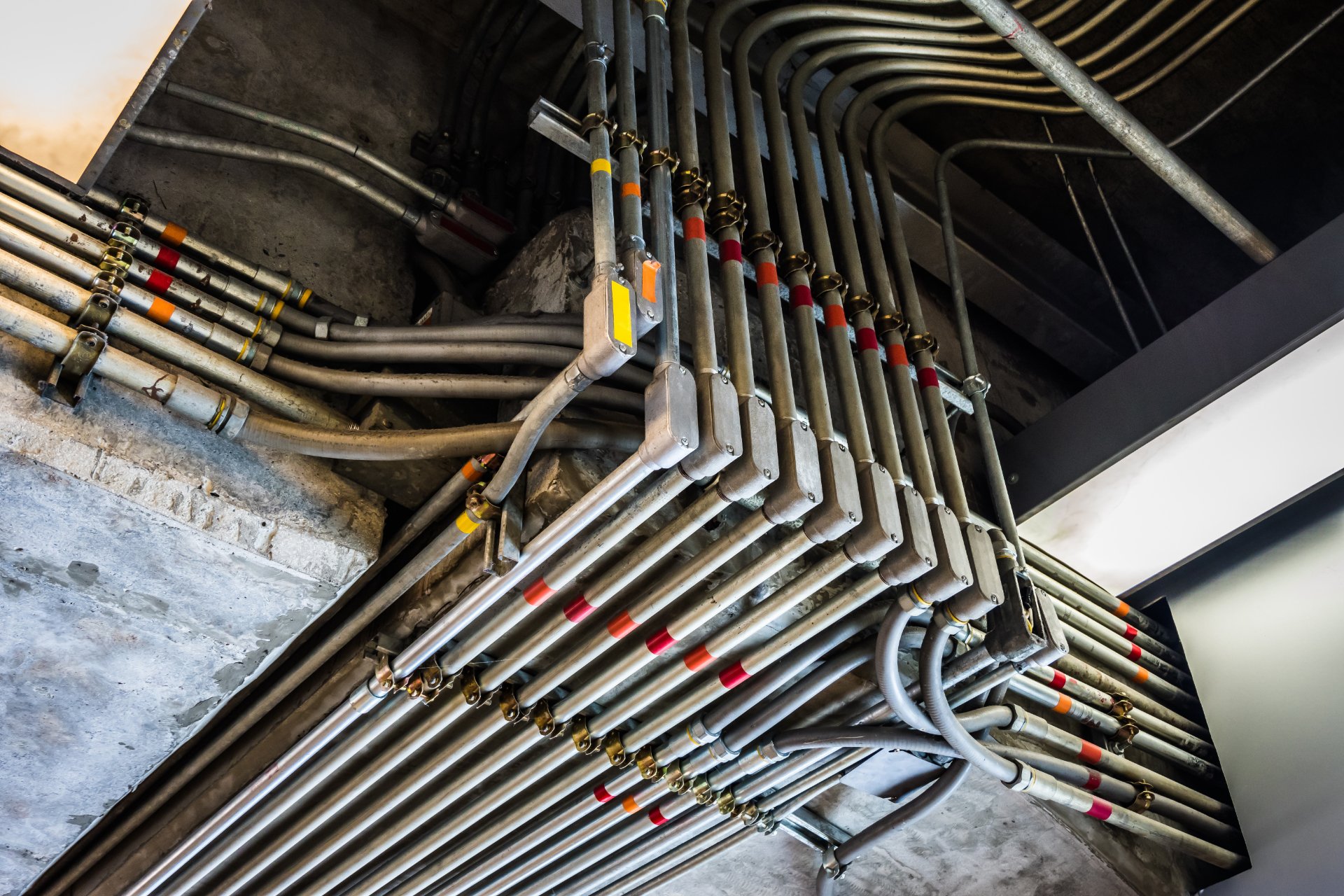Time Delay vs. Fast Acting Fuses
When I think of fuses, my mind goes immediately to replacing the small, multicolored fuses in an old truck (that I still miss) and the frustration of wrangling those tiny glass cylinders when a strand of Christmas lights goes out.
The reality is, although we don't typically see them, fuses are widely used across all industries. They protect motors, compressors, and all kinds of electrical components. If you're an electrician, you probably carry fuses on your truck. If you run a commercial property with electric heat, air conditioning, ice machines, and the list goes on, you probably keep fuses on hand. If you work in an industrial or manufacturing plant, fuses protect some of your most valuable equipment. You get the idea — they're all over the place.
But if you're replacing a fuse, details matter. Since most UL fuse classes come in time delay or fast acting varieties, it's important to know the difference so you don't damage sensitive equipment or go through fuses like candy.
The difference between time delay and fast acting
Time delay fuses, also known as "slow-blow" fuses allow for heat to build up in the fuse over a period of time before the fuse element melts and the circuit is interrupted. These fuses are designed to work with equipment that require an initial rush of current to start, like motors. Time delay can can be indicated on a fuse as "Time Delay," "TD," or just "D."
Fast-acting fuses have elements that melt much more quickly in order to protect sensitive equipment on the other side of the circuit. Electronics are an application where fast acting fuses are used.
So, if you put a fast acting fuse ahead of a motor or compressor, you would probably blow a fuse every time the equipment started. On the flip side, if you put a time delay fuse ahead of sensitive equipment or circuitry, you will almost certainly damage your equipment. Not something you want to get wrong.
UL classes with time delay and fast acting fuses
UL classes are designed to standardize the specification of fuses, but even within the classes, getting the details right is critical. Here's a breakdown of the fuse classes with fast acting or time delay options:
|
Fuse Class Fuse Class |
Fuse Class Fast Acting Available |
Fuse Class Time Delay Available |
|
Class L
|
Class L
|
Class L
|
|
Class L
|
Class L
|
Class L
|
|
Class L
|
Class L
|
Class L
|
|
Class L
|
Class L
|
Class L
|
|
Class L
|
Class L
|
Class L
|
|
Class L
|
Class L
|
Class L
|
|
Class L
|
Class L
|
Class L
|
|
Class L
|
Class L
|
Class L
|
So, the next time you go to replace a fuse, make sure you grab the right replacement. And if you need help finding replacement fuses or want an easy way to keep your truck or shop stocked, we're happy to help.



















